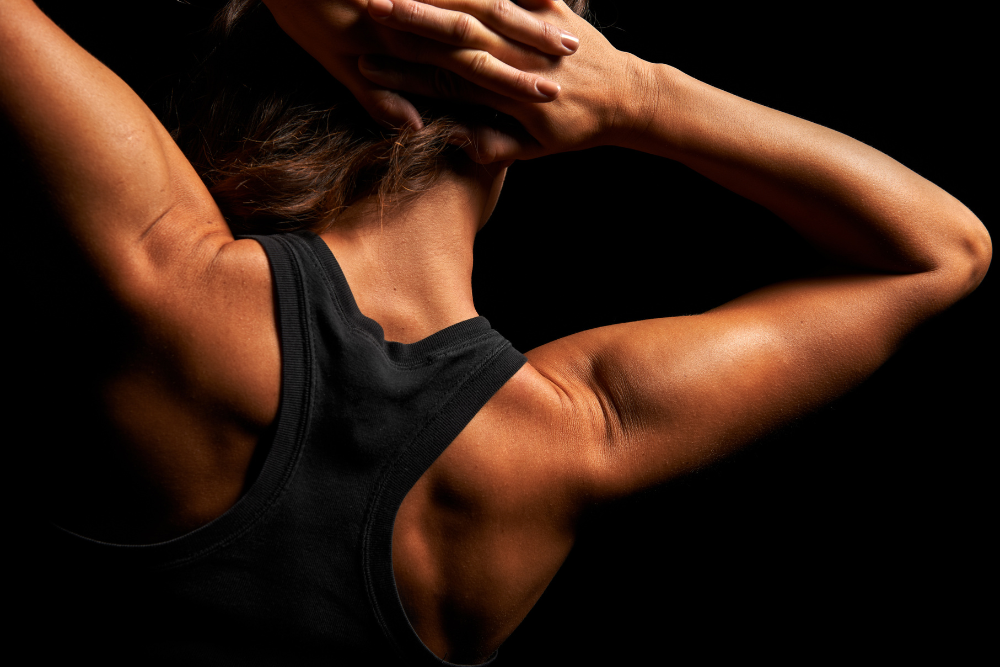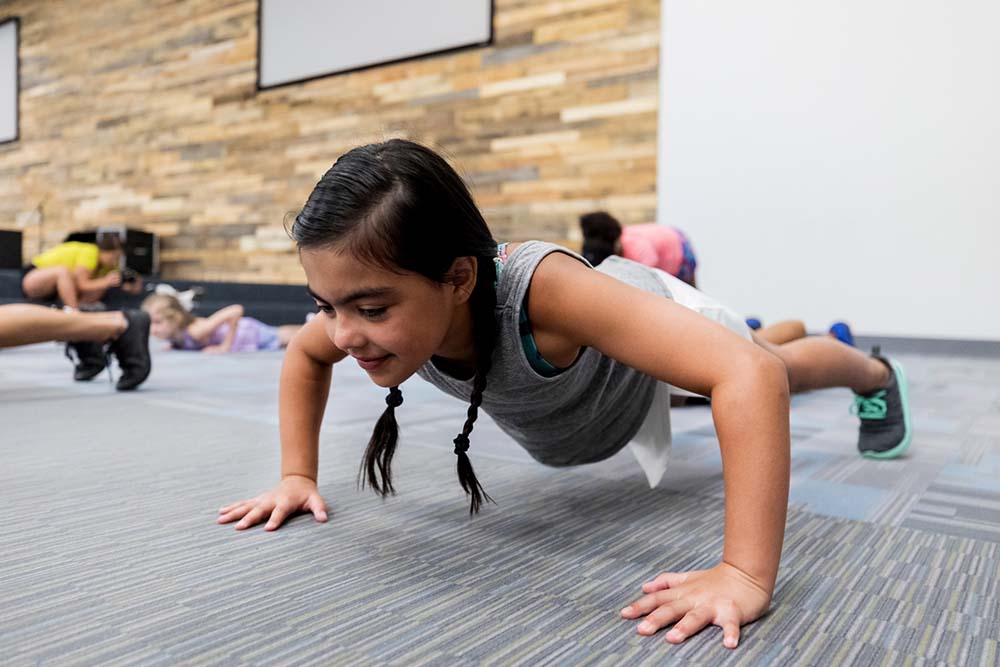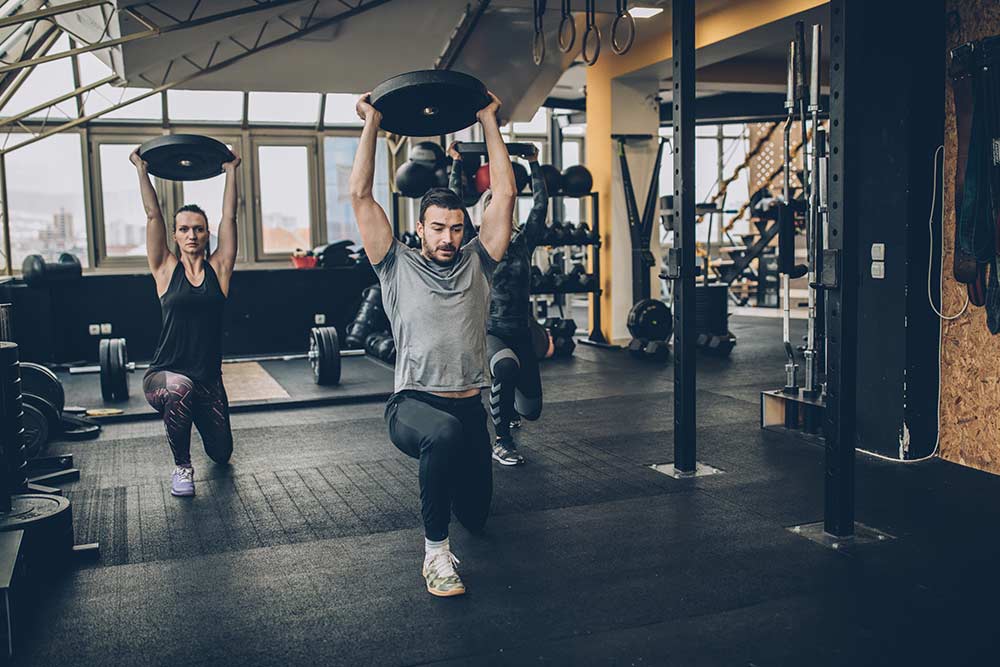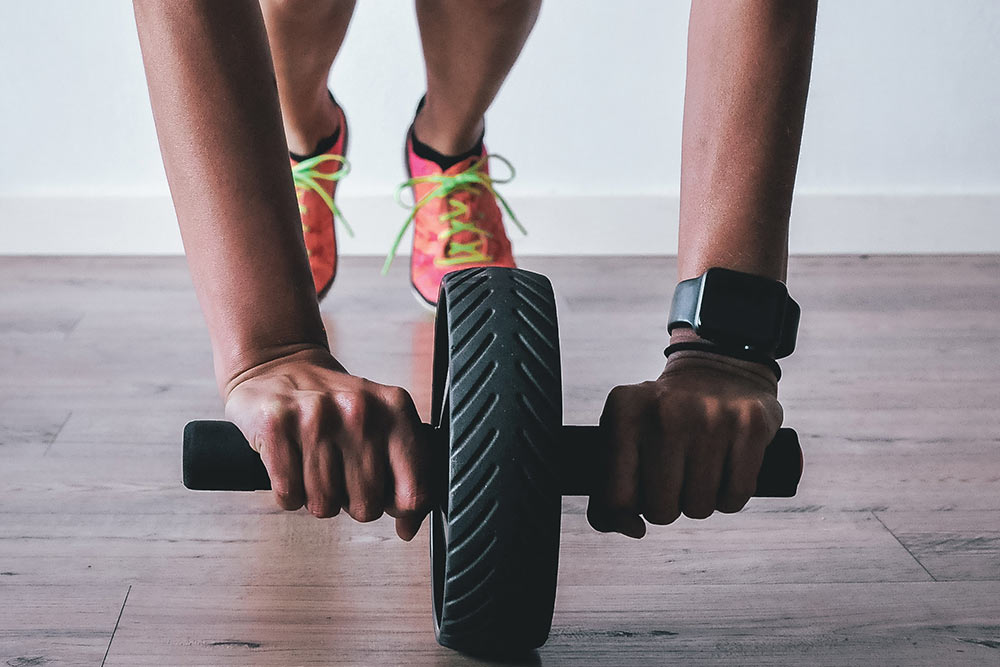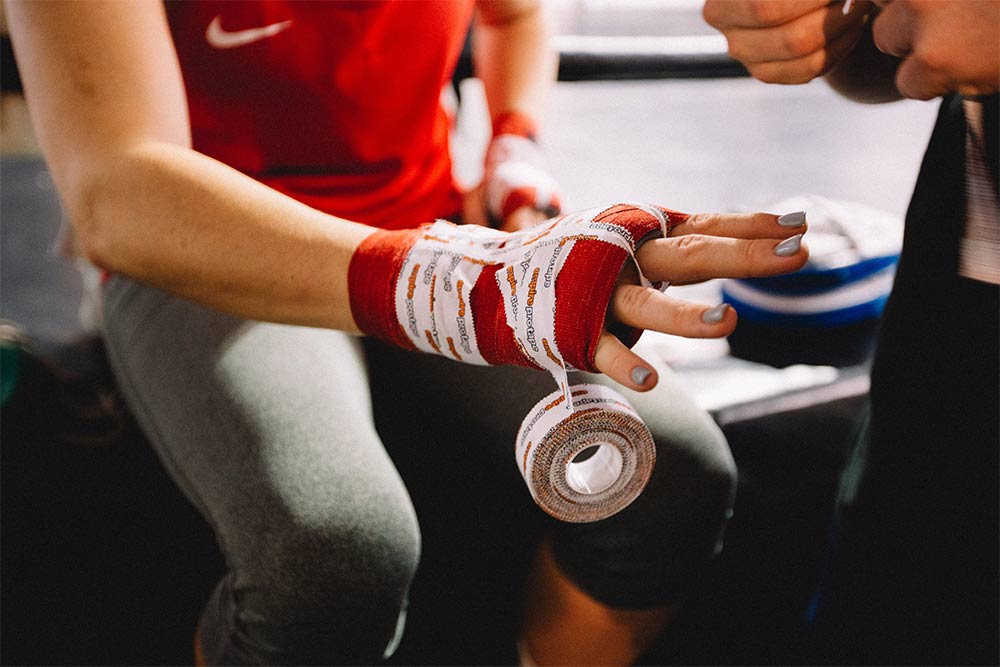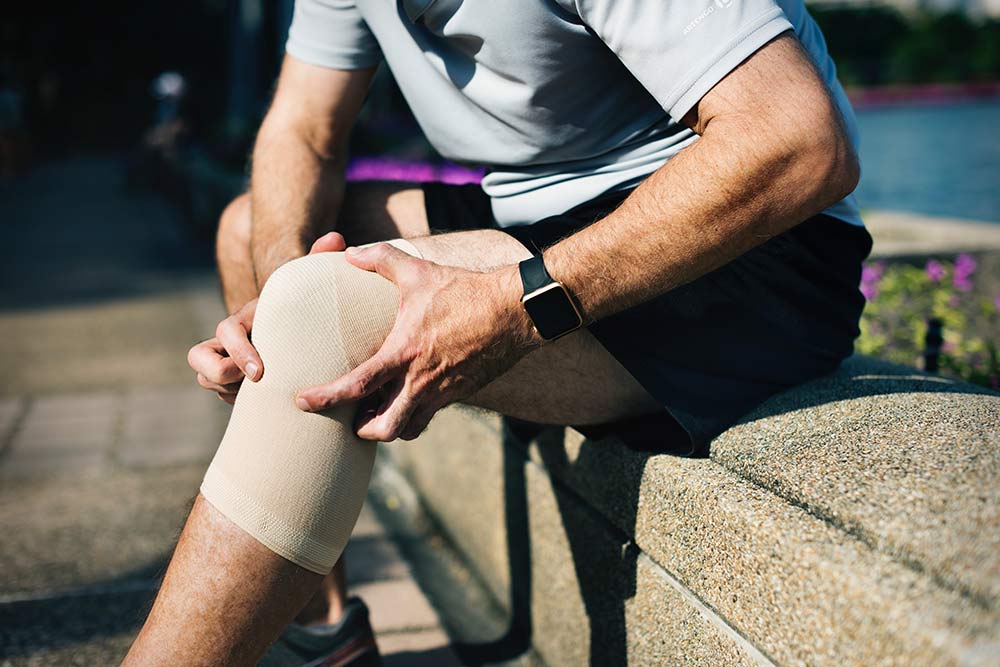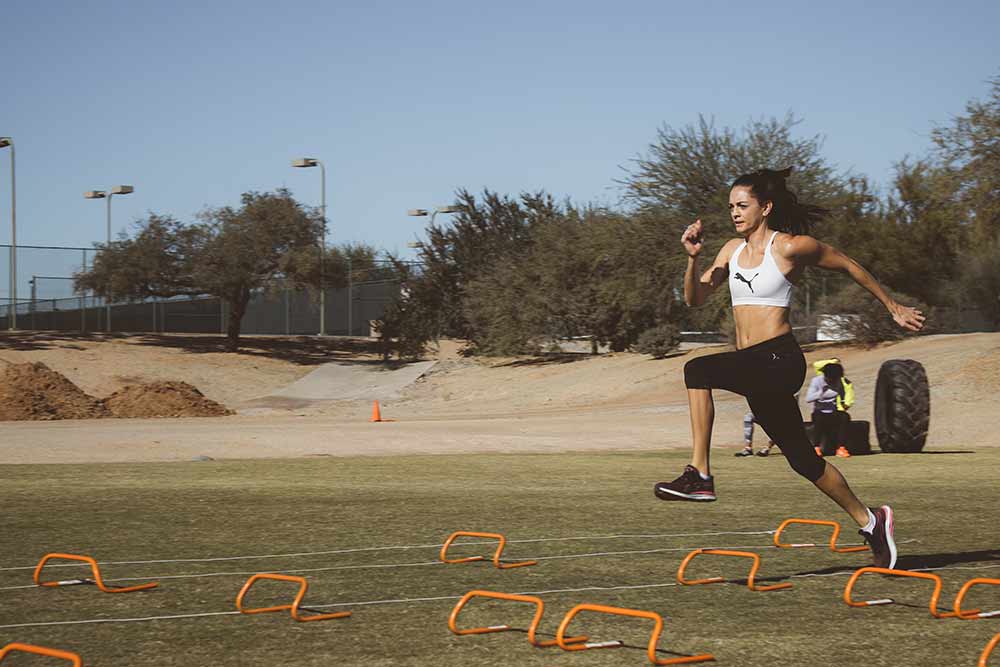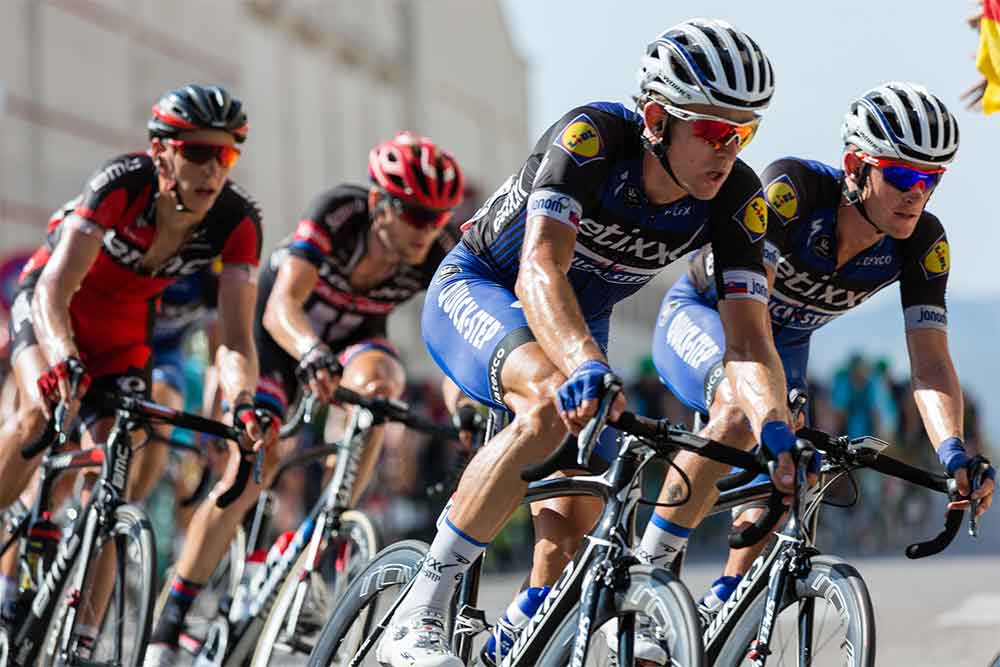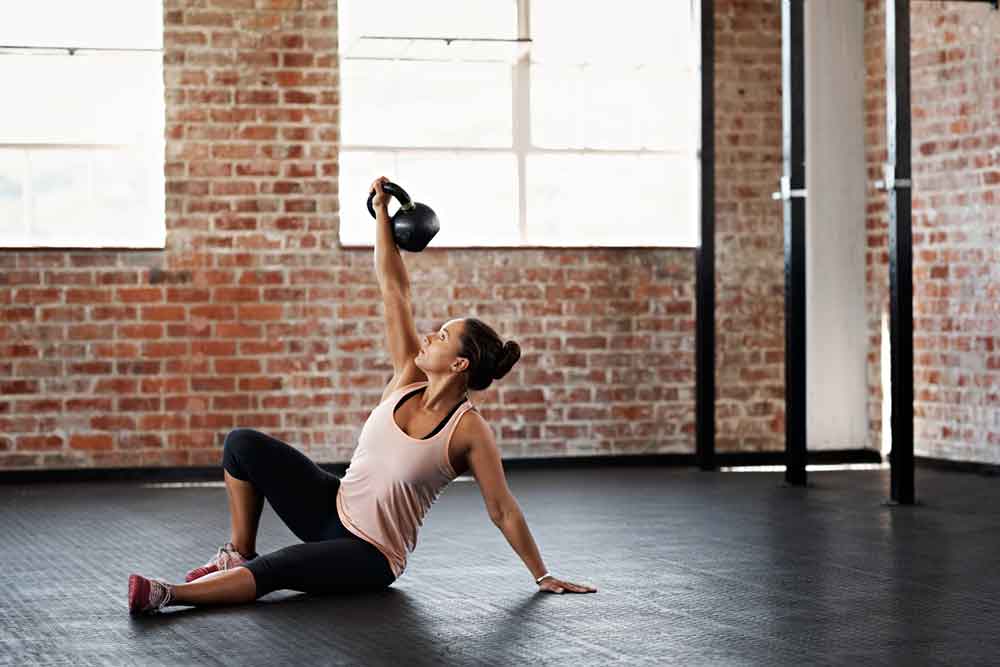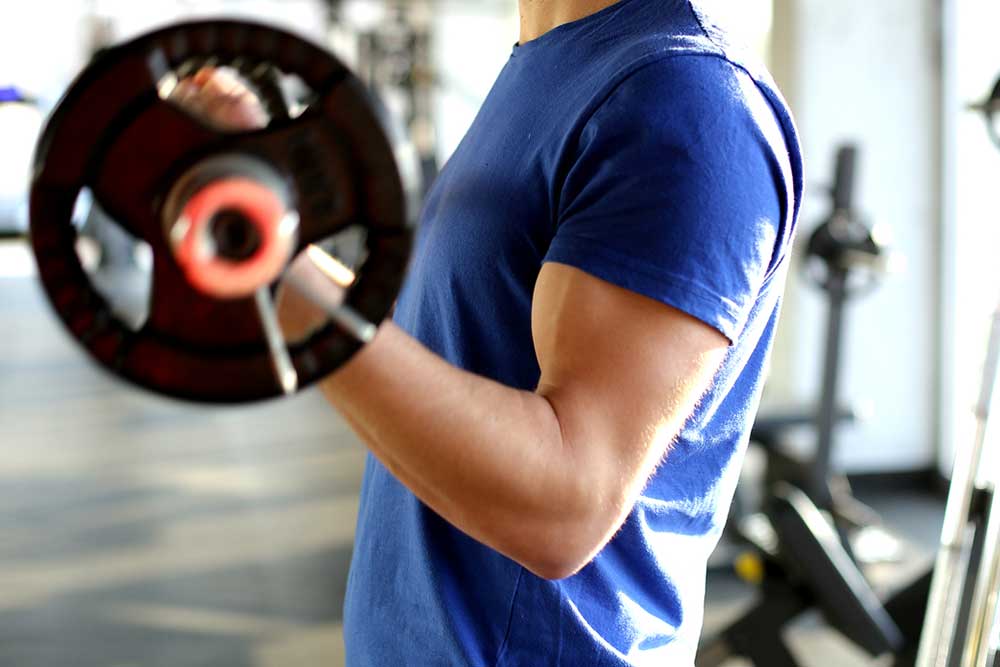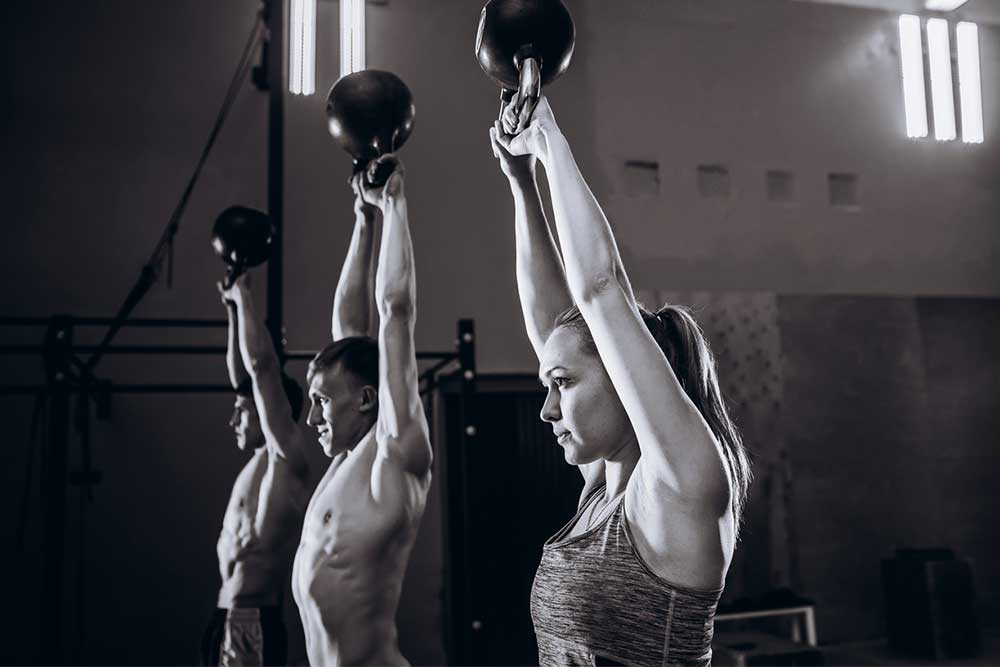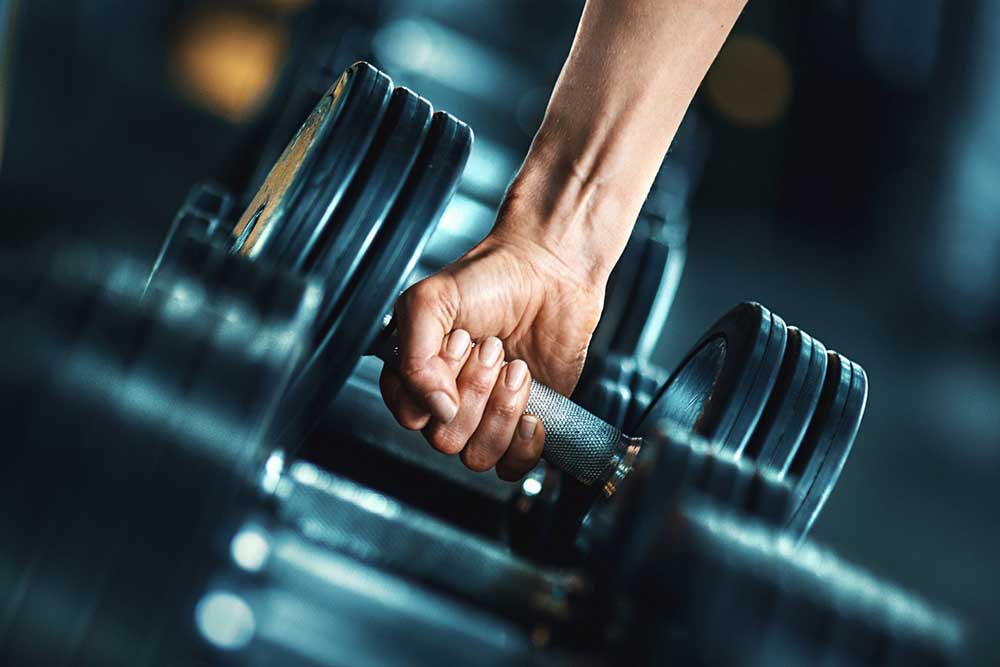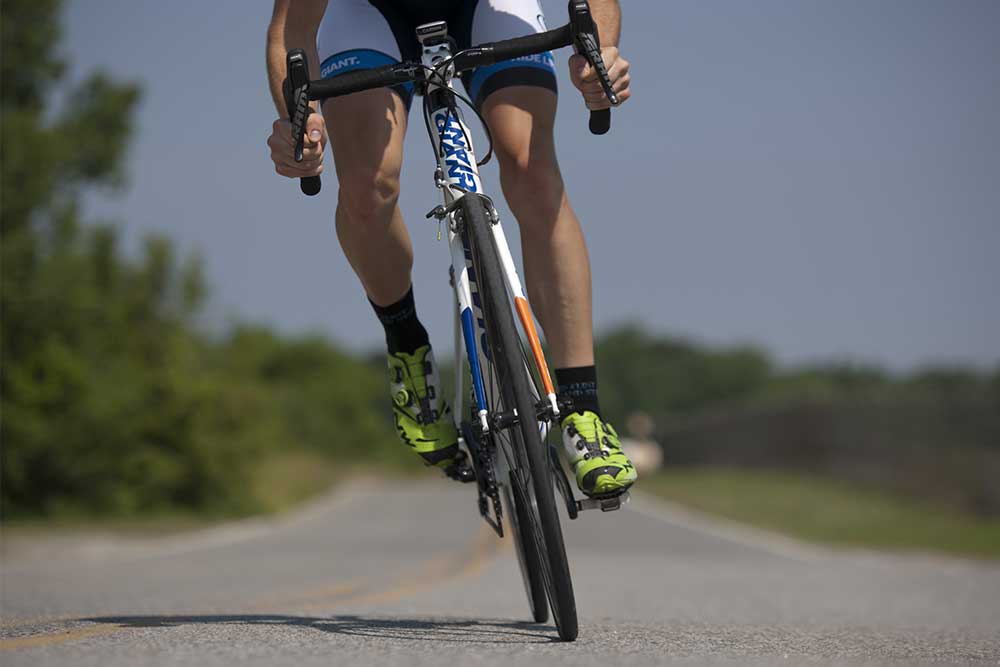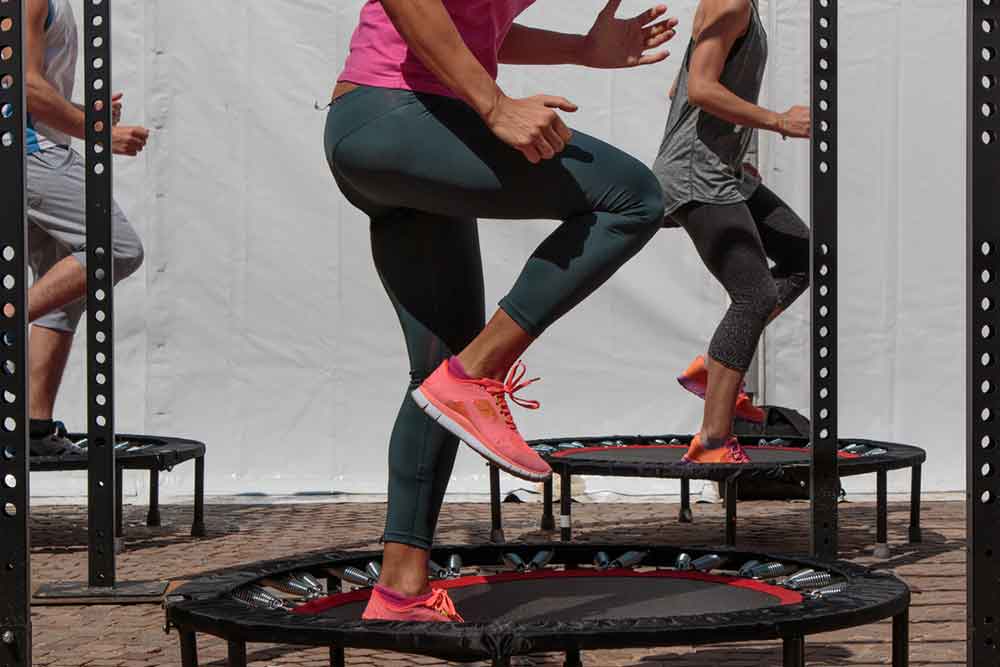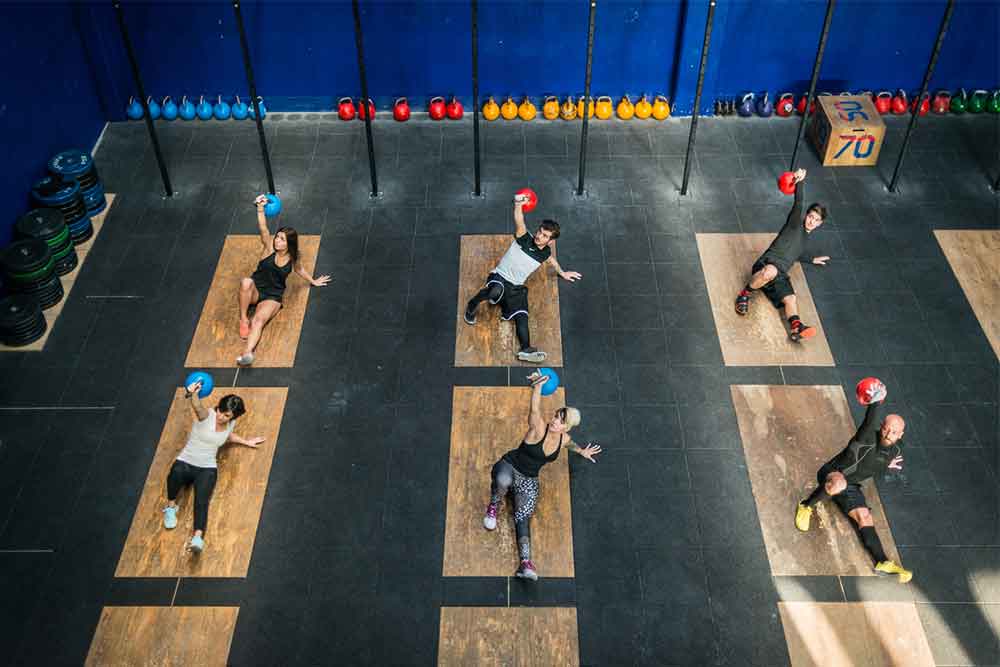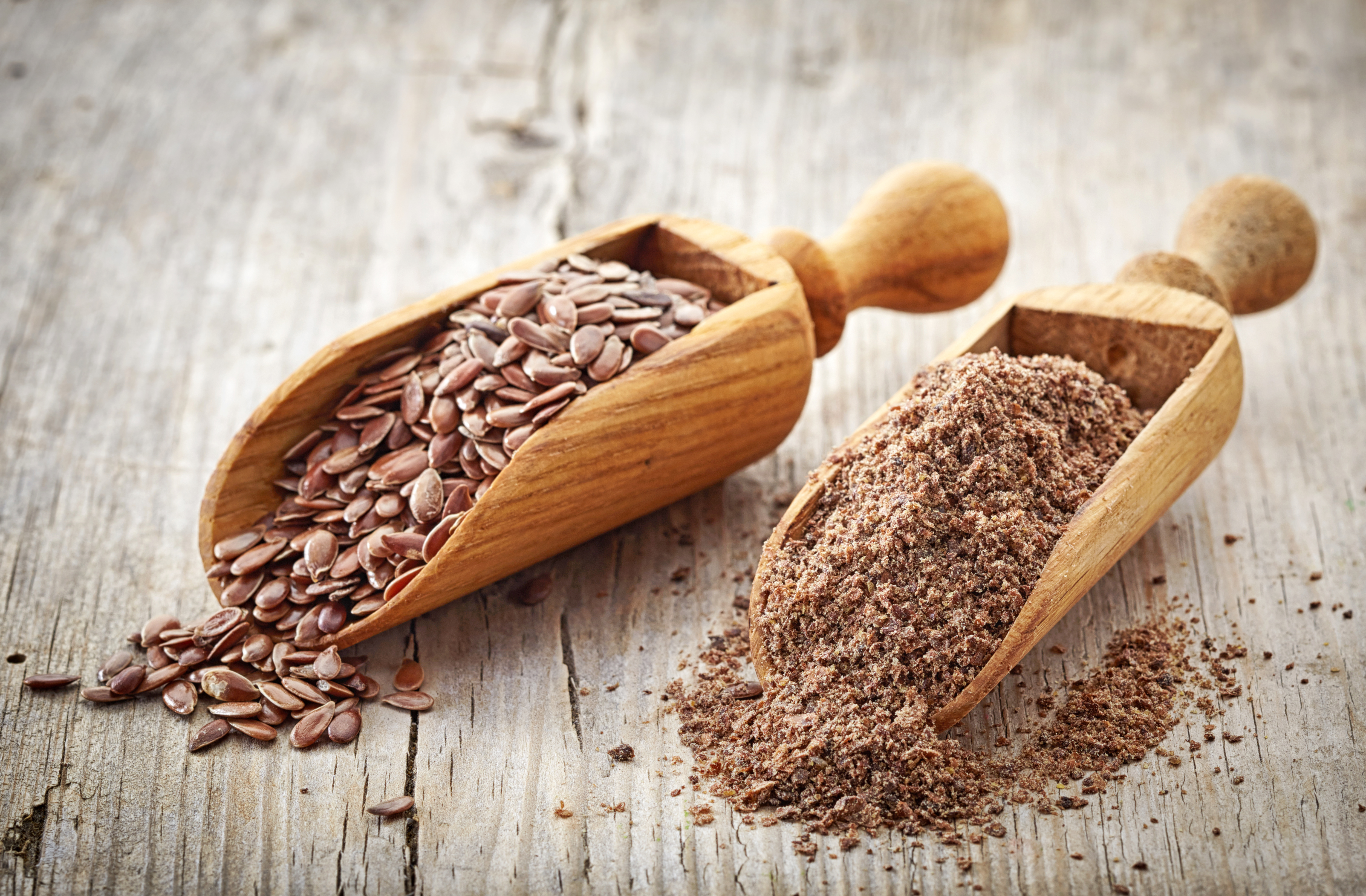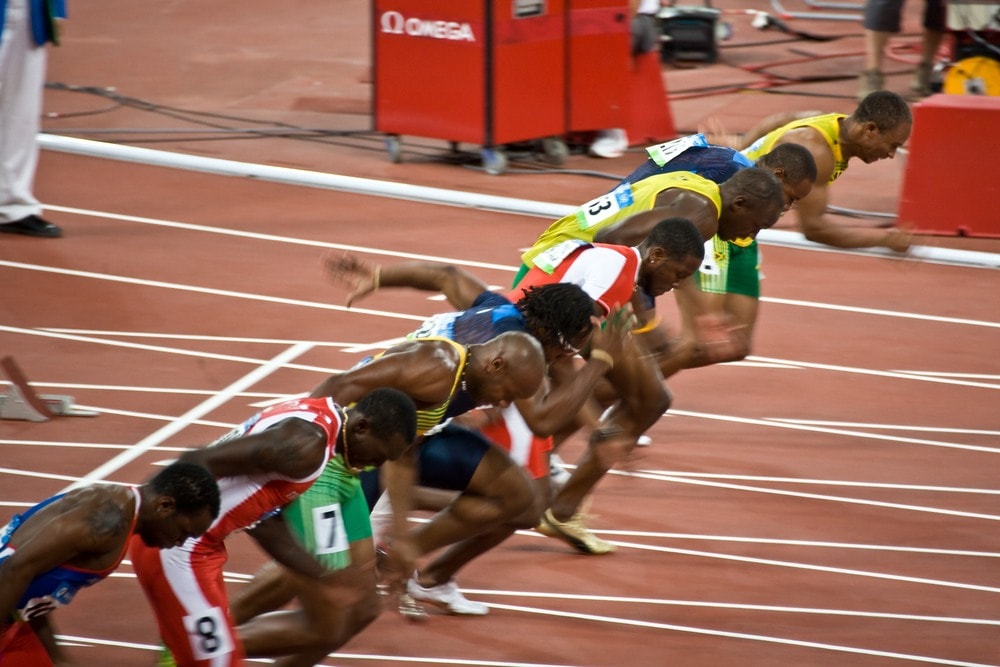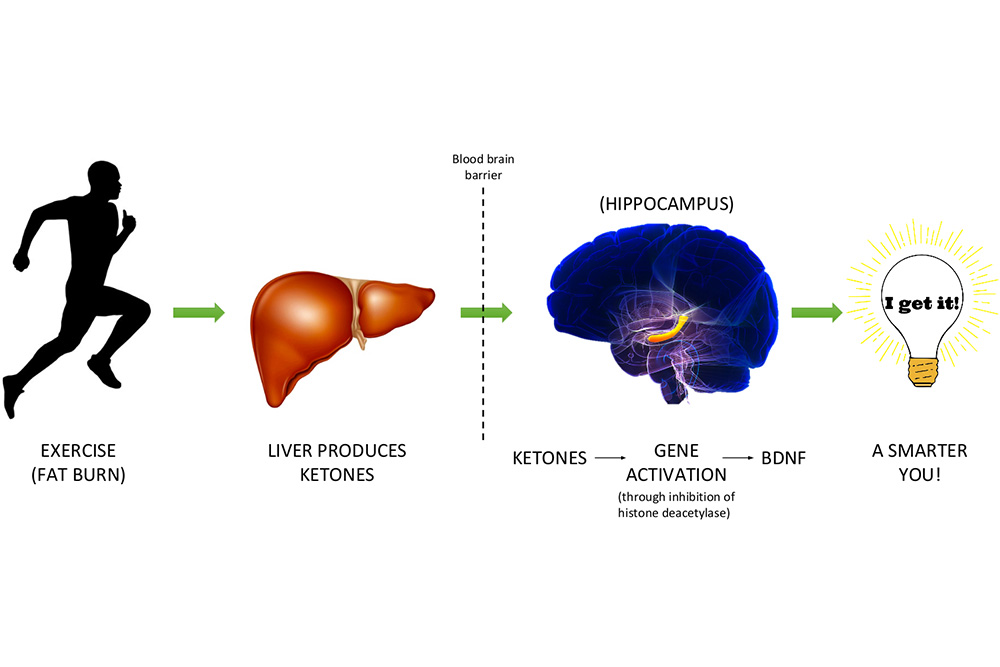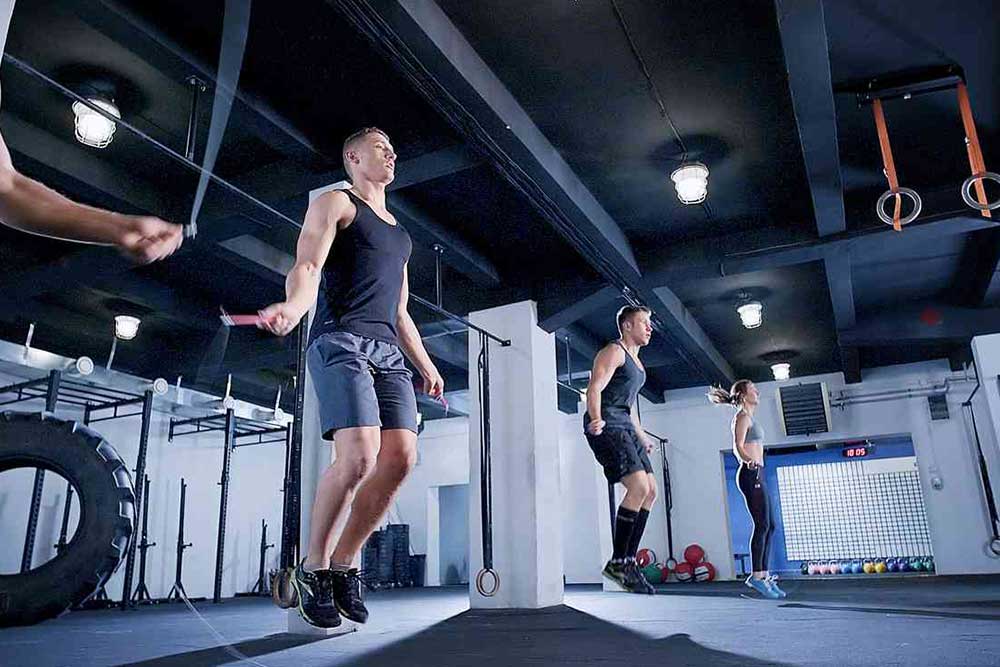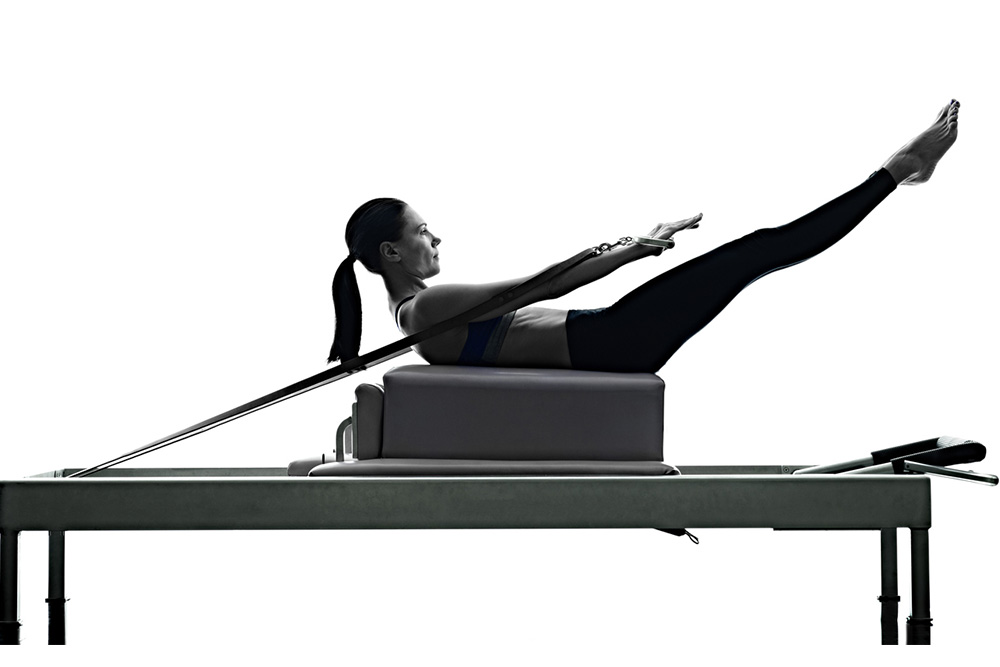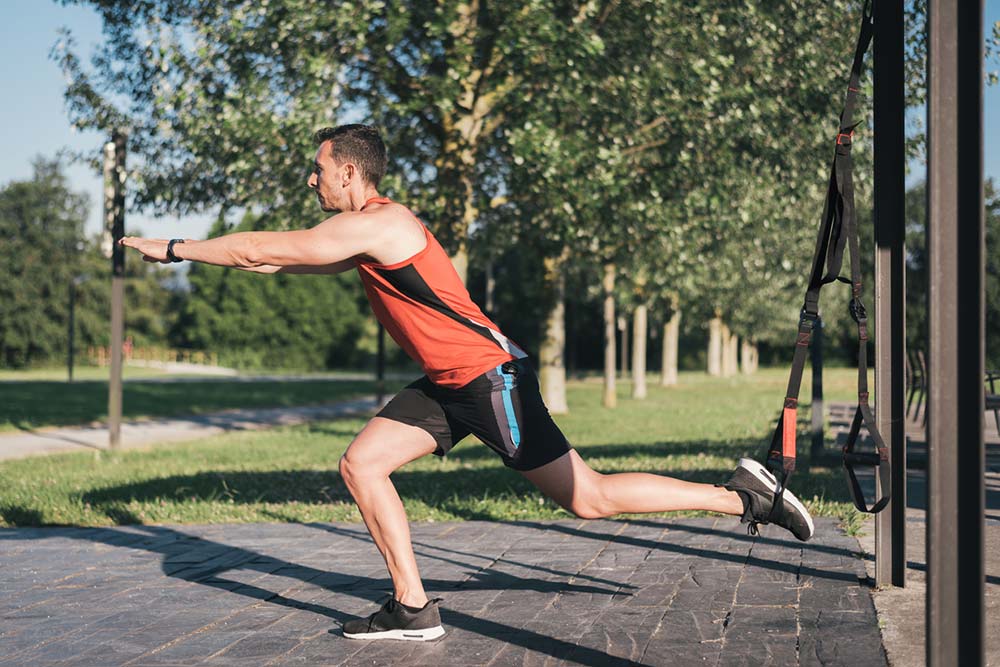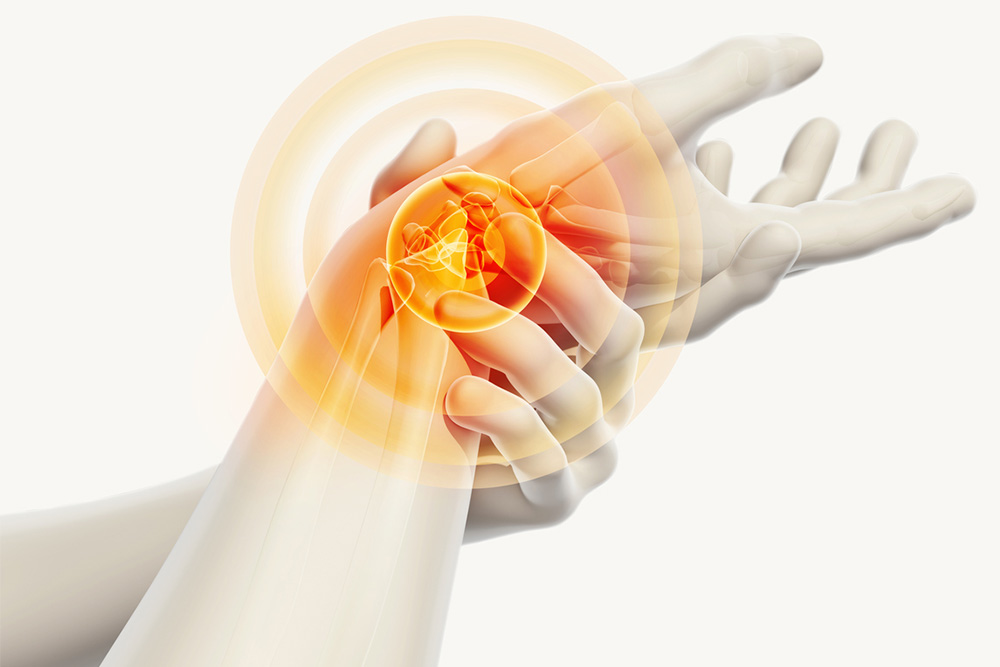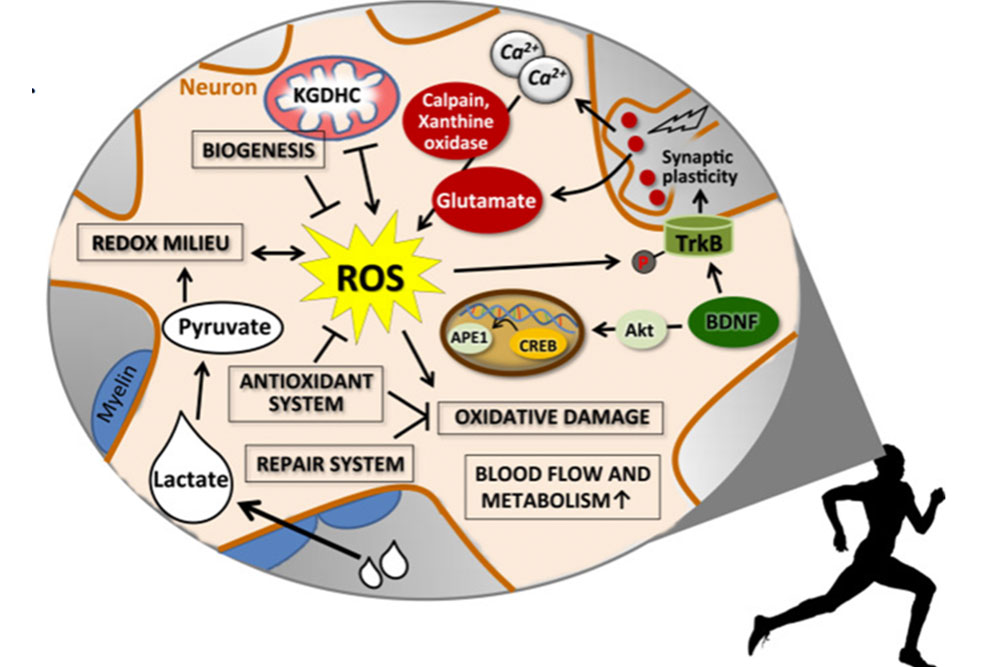Cardiovascular effects of prolonged exercise

It is well established that cardiovascular exercise is one of the best ways to improve heart health – but is it possible to do too much?
Well, in today’s article that is exactly what we aim to find out.
Does prolonged exercise cause heart disease?
It may go against conventional wisdom, but there are some people out there who seem to think that too much exercise can lead to heart disease – but is this true?
Is too much exercise bad for your heart?
Or to be more specific, is too much cardio bad for your heart?
Well, in short, it can be.
Like anything in this world, when you take something to the extreme – even something as healthy as exercise – then there will be some negative consequences associated.
After all, more isn’t always better.
There is a growing body evidence clearly demonstrating that those individuals who take their exercise regime to the extreme may cause some nasty changes to their cardiovascular system – even potentially mitigating the health benefits initially associated with that exercise (Eijsvogels, 2018).
Some of these changes include:
- Undesirable physical changes to the heart
- Thickening of arterial walls
- An increased risk of heart disease
Now, again it is important to note – this is certainly not the expectation with a healthy exercise regime, but rather what happens when aerobic exercise is taken to extreme levels.
How much is too much on your heart
We now know that excessive exercise can cause some rather negative changes to your heart – but can you damage your heart by exercising too hard?
As a general rule of thumb, we can break down exercisers into one of three categories, being light, moderate, and extreme:
- Light exercises can be described as those who rarely break a sweat. Their exercise regimens typically consist of walking, gentle bike rides, or maybe a light jog. They only just meet the recommended guidelines of 150 minutes of aerobic activity per week, and it is mostly of very light intensity.
- Moderate exercises are those who often exceed the recommended 150 minutes of aerobic activity per week. Using a combination of moderate-intensity exercise, with some vigorous-intensity exercise (think HIIT) thrown in for good measure. These guys are what we would consider being the fitter portion of the general population.
- Then we have extreme exercisers. These are the 0.05% of the population that train for marathons, ultra-marathons, and iron man competitions. They put their body under extreme loads daily. Extreme exercisers, not only do they perform an exercise at a high intensity, but also a lot of it.
With this in mind, how hard you exercise is not quite as important as how much.
See, it is well established that a moderate amount of high intensity exercise each week is extremely good for your health – however, like anything, when taken to the extreme it becomes detrimental.
Atrial fibrillation and exercise
While ton the topic of extreme exercisers, I also wanted to touch on atrial fibrillation.
Atrial fibrillation is a common type of arrhythmia – which is the term used to describe an irregular heartbeat (Amin, 2016).
Under normal circumstances, your heart relies heavily on a consistent rhythm that comes from an electrical pattern within its own chambers. However, in with arterial fibrillation, this electrical pattern occurs irregularly – leading the upper chamber of the heart to quiver (or fibrillate).
Now, when it comes to exercise and Atrial fibrillation, things start to get a little interesting.
There is even some evidence showing that low-intensity aerobic exercise in sedentary people can improve upon the symptoms of Atrial fibrillation (Drca, 2014).
However, at the extreme end of this spectrum, we see a different story entirely.
In fact, high-level endurance athletes who participate in an extremely high volume of exercise are up to seven times more likely to develop Atrial fibrillation than someone from the general population (Molina, 2008).
As I alluded to above, high-level endurance athletes push their bodies to the limit every single day. Their cardiovascular system is under a degree of stress that most people will simply not experience in their lifetime.
And over time, this stress becomes damaging.
I will say it again – too much of a good thing is rarely a good thing.
Ideal intensity and duration of exercise for heart health
Now, enough about extreme exercise and the heart – instead, I want to outline some of the exercise recommendations for heart health.
Many people don’t realize it, but the World Health Organization have recently collated all the relevant research to develop some physical activity guidelines, To put it simply, if you manage to adhere to these guidelines on a weekly basis, then you can be sure your health is going to be optimal.
- Adults aged 18–64 years should do at least 150 minutes of moderate-intensity aerobic activity throughout the week, or at least 75 minutes of vigorous-intensity aerobic activity throughout the week (or a combination of the two).
- Aerobic activity should be performed in bouts of at least 10 minutes duration.
- For additional health benefits, adults should increase their moderate-intensity aerobic activity to 300 minutes per week, or 150 minutes of vigorous-intensity aerobic activity per week (or a combination of the two).
In practicality, this simply means performing some sort of exercise every single day, while making sure that some of it consists of vigorous-intensity exercise like high-intensity interval training.
You may like: Exercises For Improved Balance
Should athletes be worried?
There is obvious research to suggest that taking your exercise regime to extreme levels may have some detrimental effects on your cardiovascular system – however, it is important to place some caveats around this (Patil, 2012; O’Keefe, 2012).
Firstly, even among high-level athletes, this is a somewhat rare occurrence. This means that it won’t happen to everyone. It is more likely to happen in those who have a genetic predisposition to the issue occurring.
Secondly, there is a huge amount of research suggesting that high-level endurance athletes will still live longer than the general population. This is even despite these potential issues occurring. This means that the beneficial effects of exercise still appear to outweigh these negatives.
And finally, there is also some evidence demonstrating that some of the negative changes that occur in response to extreme exercise can revert back to normal after a period of lighter intensity exercise – so if you manage your training well, it may not pose a huge issue in the long term.
Other ways you can take care of your heart
I wanted to finish this article by outlining some non-aerobic-exercise tips on how to keep your heart healthy. Each of these may seem a little obvious, but that does not make them any less important (or less effective):
- Quit smoking
- Eat more fiber (green leafy vegetables are king here)
- Eat more fish
- Incorporate nuts and seeds into your daily diet
- Limit your intake of salt and saturated fat
- Avoid processed meats, heavily processed carbohydrates, and junk food
- Lift weights 2-3 times per week
If you can manage to tick all of these off while adhering to the exercise guidelines above, you can be sure your heart is going to be looking great.
Take-Home Message
Like anything else in this world, even exercise can become harmful if it is taken to the absolute extreme.
However, it is important to note that the negative effects of extreme exercise pose less risk than not exercising at all. Moreover, they do appear to be mitigated if you make sure that you monitor your exercise loads and stay out of extreme ranges.
So if you exercise smart, you have nothing to worry about.
References
Eijsvogels, Thijs MH, Paul D. Thompson, and Barry A. Franklin. “The “extreme exercise hypothesis”: recent findings and cardiovascular health implications.” Current treatment options in cardiovascular medicine 20.10 (2018): 84.
Amin, Anish, et al. “The current approach of atrial fibrillation management.” Avicenna journal of medicine 6.1 (2016): 8.
Drca, Nikola, et al. “Atrial fibrillation is associated with different levels of physical activity levels at different ages in men.” Heart 100.13 (2014): 1037-1042.
Molina, Lluis, et al. “Long-term endurance sport practice increases the incidence of lone atrial fibrillation in men: a follow-up study.” Europace 10.5 (2008): 618-623.
Patil, Harshal R., et al. “Cardiovascular damage resulting from chronic excessive endurance exercise.” Missouri medicine 109.4 (2012): 312.
O’Keefe, James H., et al. “Potential adverse cardiovascular effects from excessive endurance exercise.” Mayo Clinic Proceedings. Vol. 87. No. 6. Elsevier, 2012.
You May Like!







